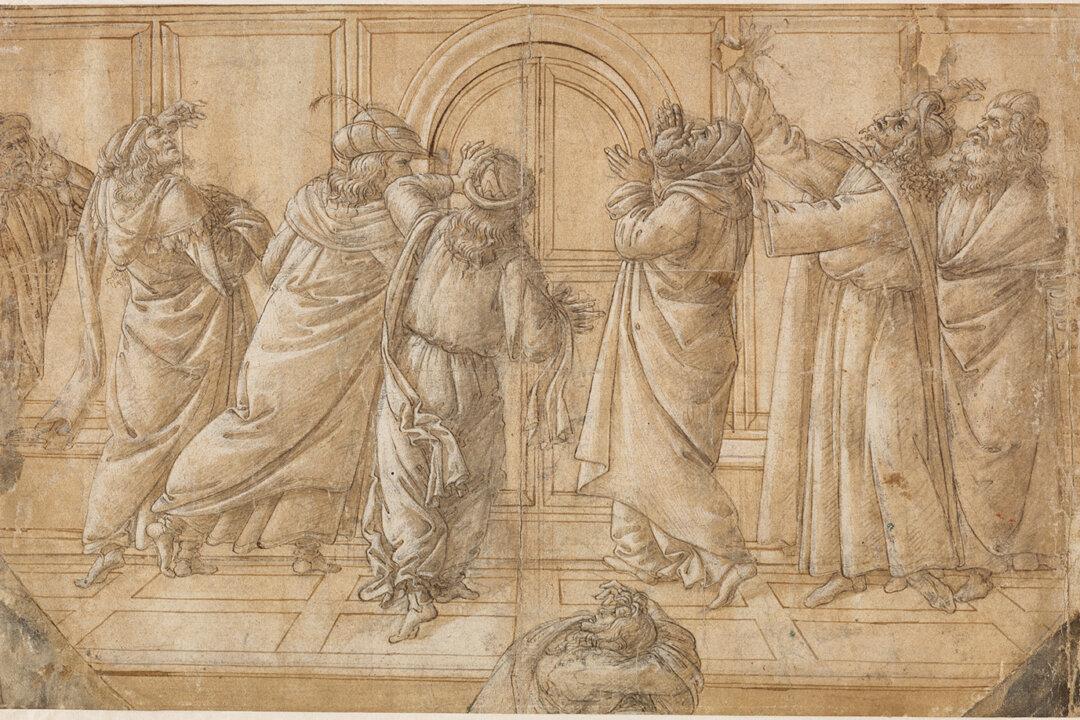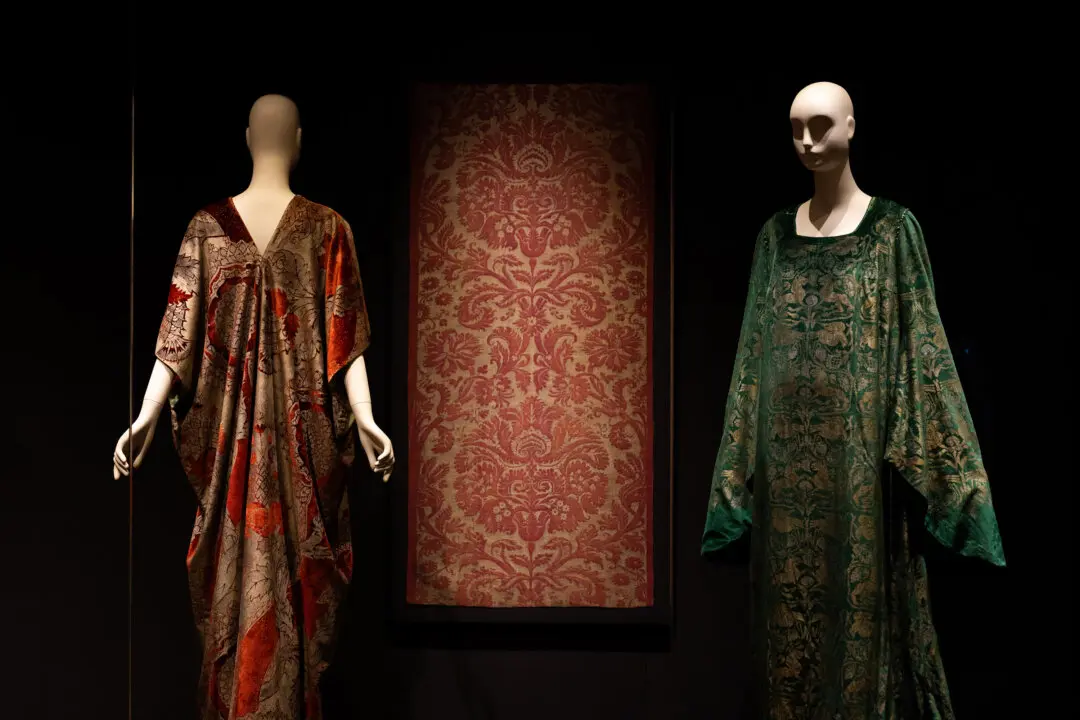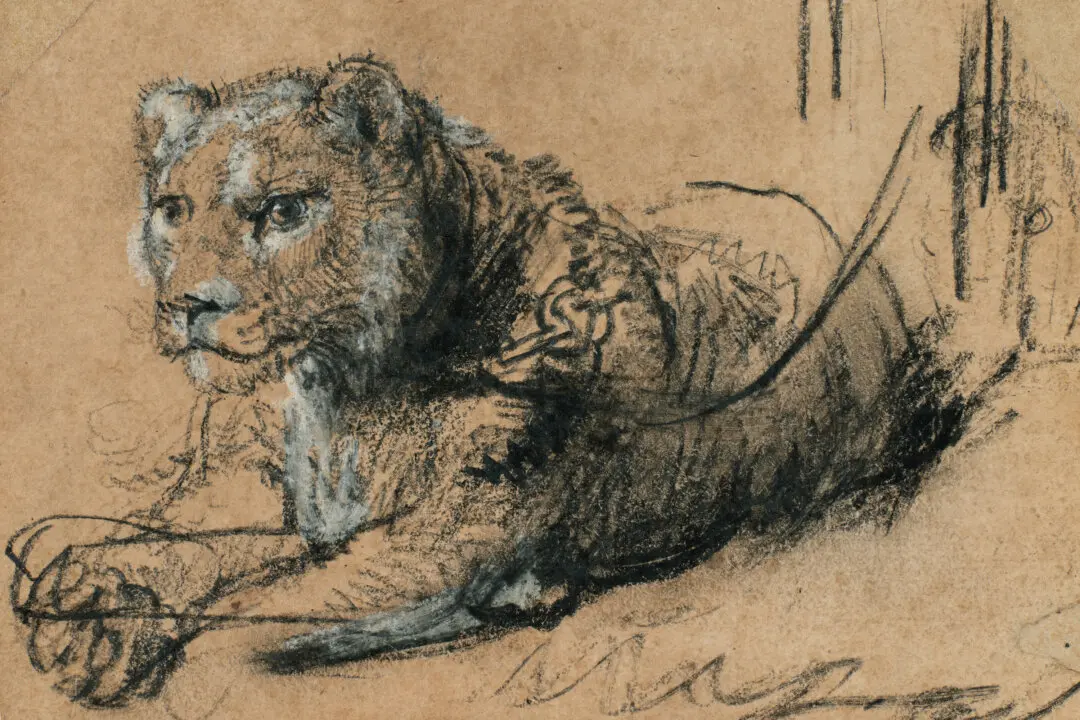The Italian Renaissance artist Alessandro di Mariano di Vanni Filipepi is a household name, albeit under a mononym nickname: Botticelli. His popular output includes some of the most famous and beautiful artworks in the canon, such as “Birth of Venus” and “La Primavera.”
The paintings of Botticelli (circa 1445–1510) are ingrained in public consciousness: They have influenced popular culture by inspiring artists, fashion designers, dance, film, and music. His paintings are a big draw when exhibited in museums or on the auction block; in early 2021, a small Botticelli portrait, considered the finest remaining in private hands, sold at Sotheby’s for a record $92.2 million. There is, however, more to study and discover about the artist.





